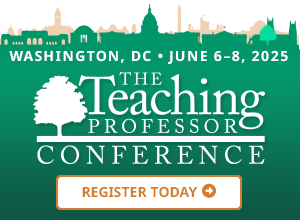
The Importance of Educational Assessment: Tools and Techniques for Assessing Your Students
In this educational assessment guide, we’ll answer questions such as: What is the purpose of educational assessment?What are the benefits of assessments?What are the main




